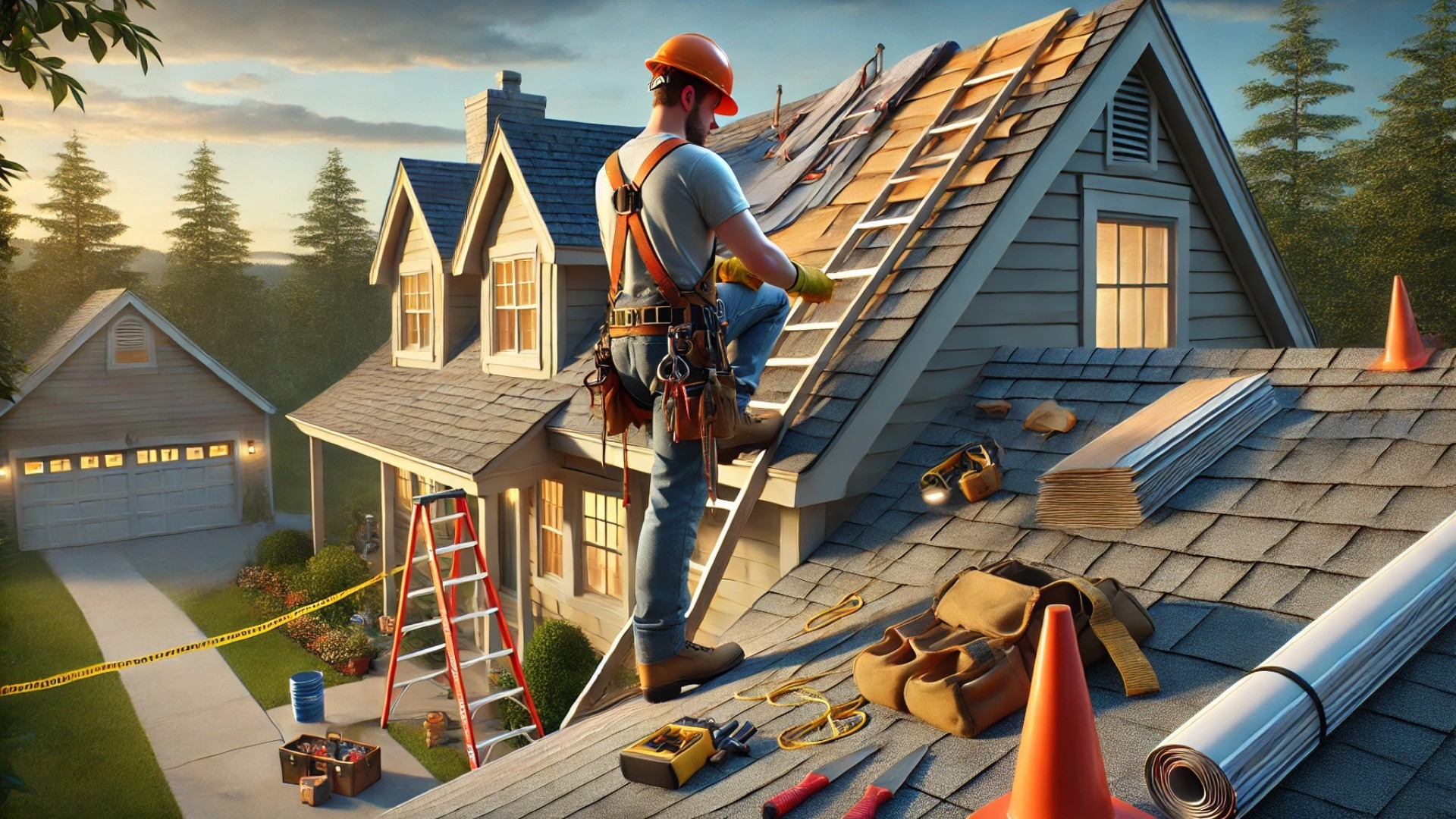
How DIY Roofing Can Empower You
When homeowners embark on roofing projects, they often find a powerful sense of achievement in doing it themselves. Tackling tasks like replacing shingles or patching leaks not only helps save money, but also instills pride. However, this rewarding experience comes with inherent risks, especially when working at precarious heights. Preparation and the correct tools can greatly impact both safety and the outcome of the project.
The Crucial Role of Proper Equipment
A pivotal element of DIY roofing is recognizing the importance of equipment. For instance, lifting slings play a vital role in securely moving materials without risking personal safety. Whether you're hoisting shingles or handling rolls of underlayment, ensuring your gear is top-notch can facilitate a more streamlined project while heightening safety margins. According to Sling Smarter, using the right lifting techniques and quality equipment is essential in managing weight distribution effectively and diminishing both physical strain and the chance for dropped loads that could lead to accidents.
Dress for Safety: Clothing and Footwear Choices Matter
Your choice of clothing and footwear significantly influences your stability and safety while roofing. It’s best to select shoes with slip-resistant soles made of soft rubber to ensure maximum grip. Avoid anything worn-out that can cause loss of balance, particularly on sloped surfaces. In terms of clothing, opt for snug yet flexible outfits that allow for full motion while guarding against sunburn or abrasions. Protective gear including gloves and helmets can provide an extra layer of safety, helping prevent injuries as you navigate the challenging environment above ground.
Establishing a Safe Work Environment
Recognizing the value of a secure work area cannot be understated. Before you even think of climbing that ladder, take time to thoroughly evaluate the surroundings. Keep children and pets at a distance, and ensure tools are neatly stored to prevent potential hazards. Using bright tape or cones to clearly mark drop zones can provide a helpful reminder for anyone in the area to steer clear of falling objects. Furthermore, a well-anchored ladder can prevent unfortunate falls, ensuring you maintain a posture of safety as you work above ground.
Weather and Roof Condition Assessments
Always check the weather and conditions of your roof before beginning your project. Slopes can become hazardous when wet or windy, so be mindful of environmental conditions. Stay updated and adjust your plans as necessary to avoid dangerous scenarios. Your safety should always be the priority, as each decision you make impacts not only your wellbeing but also the overall success of the project.
Consider the Long-Term Value of Safe Practices
Embracing safety during DIY roofing endeavors can result in not only immediate benefits but also long-lasting advantages. By ensuring that you take the time to prepare properly and emphasize safety, you can mitigate risks while enhancing the quality of your work. This attention to detail can lead to a standout project that not only improves your home's roof but also boosts your property value for years to come.
Are you ready to embark on your DIY roofing project? Prioritize your safety and equip yourself with the knowledge and tools to ensure you complete the job effectively. Remember, every step you take towards safety is a success on its own!
 Add Row
Add Row  Add
Add 




Write A Comment